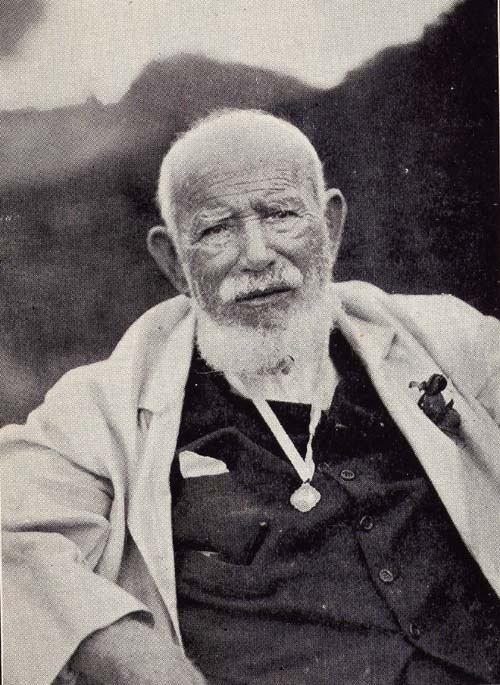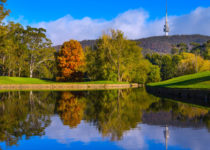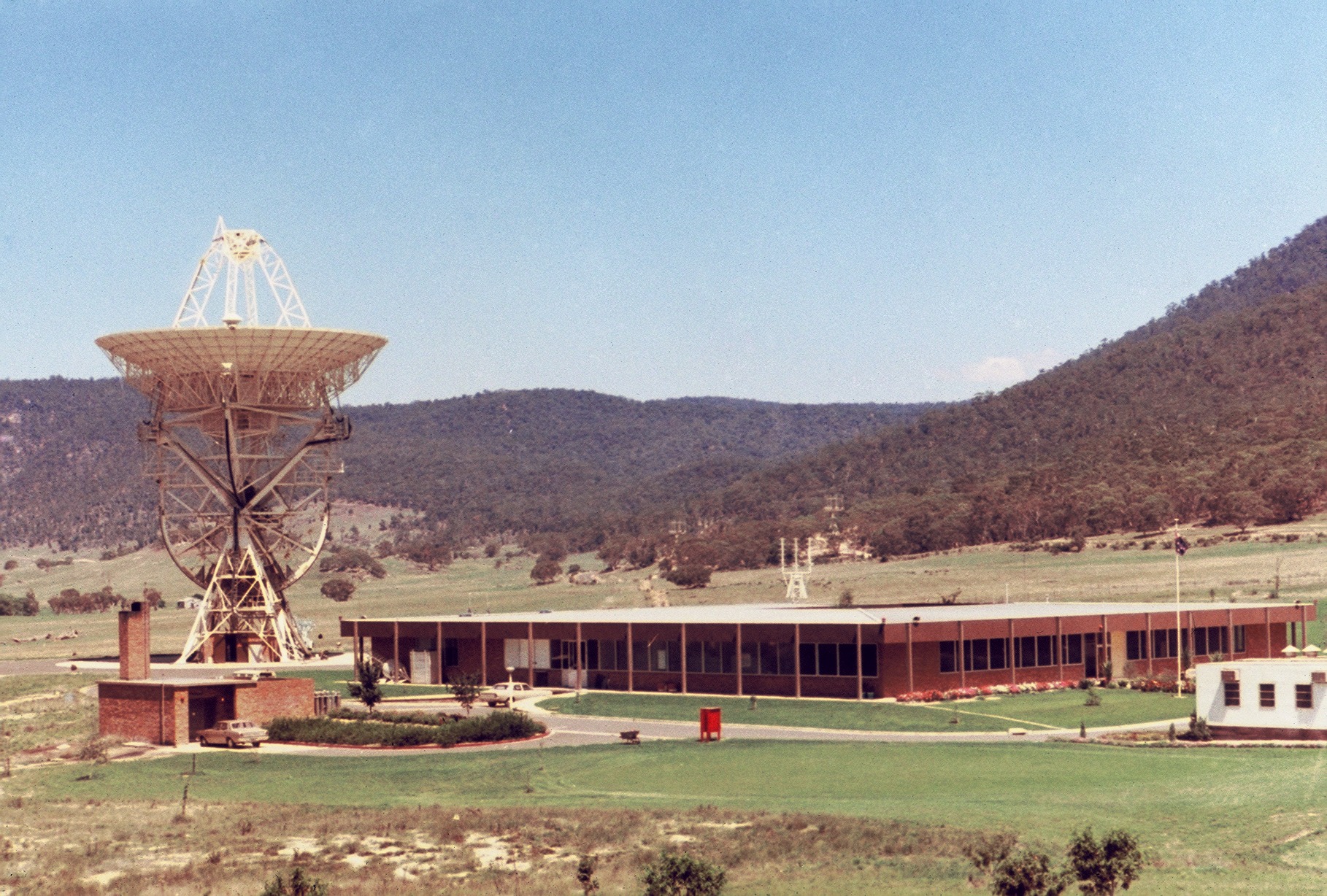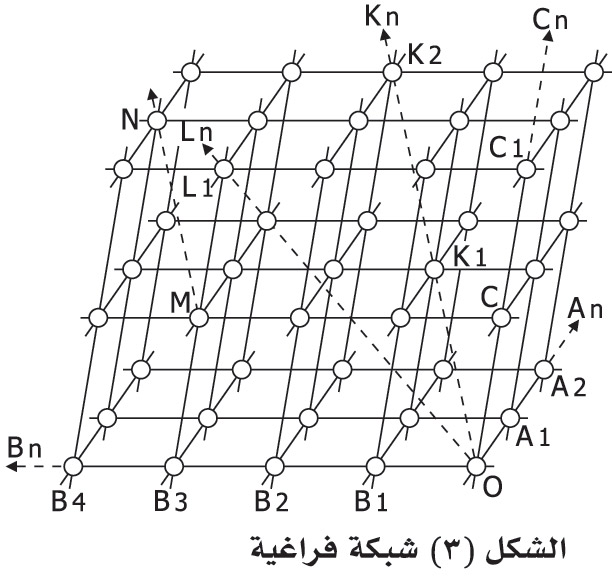John Gale
Everyone who lives in Canberra should know about John Gale, who was the editor and founder of the Queanbeyan age in the second half of the 19th century, and whose pamphlet “Dalgety or Canberra – Which?” probably clinched the decision of the panel who were in charge of deciding where to put Australia’s new capital city.
It makes me smile a bit to read Mr Gale’s hyperbole about the Canberra site – “the meat, milk, butter, grapes, apples, potatoes, and other fruits and rootcrops raised or grown in the surrounding district cannot be surpassed in any part of Australia” he says, and goes on to claim that Canberra’s Mt Coree is the “sister mountain to Kosciusco” and that “no more expansive, no more sublime view is there anywhere in New South Wales” than from the slopes of this fairly unremarkable mountain in the northern Brindabellas (I’ll admit i’ve never been there).
Gale actually twists the truth in this section of comparing mountains, as apart from the flowery language about Canberra’s own “hoary giants” such as Mt Coree and Mt Tennant, he says that Canberra is only twice as far (80 miles) from Mt Kosciusko (Australia’s highest mountain) as Dalgety is. But actually Kosciusko is over 90 miles to Canberra, as the crow flies, and Dalgety is only about 30 miles away. Now Dalghety might not be the most exciting place but its one unique claim is that it has the snow only an hour away, and in the other direction just two hours away is Eden, one of the most beautiful remote parts of the South Coast.
Dalgety is also much nearer to half way between Melbourne and Sydney, which was the original reason for placing a capital in this region. Canberra is closer to Sydney than Melbourne, and the mountains to the south of it make a circuitous route necessary when driving to Melbourne, which takes 9 hours against 3 hours to Sydney (on modern roads). There was already a train link to nearby Cooma at the time of the decision, but Dalgety’s remoteness to Sydney was counted as a factor against it by some influential people of the day, and it is likely that Gale’s pamphlet gave an excuse for the Sydney prejudice.
There is no doubt that Canberra is built in a pleasant place, with the Brindabellas and the Murrumbidgee running alongside, but I often feel that Dalgety would have been the more interesting option for Australia. Gale painted a rose tinted vision of Canberra as I suppose he imagined that it would benefit Queanbeyan to have the capital next door, but Queanbeyan is unloved by its new neighbour. Somehow Canberra is a bit horrified of Queanbeyan, and its origins in the squabbles of a forgotten era. But Queanbeyan can be satisfied with its role in changing Australia’s history, for without John Gale’s idiosyncratic pamphlet, Canberra probably wouldn’t be where it is.



